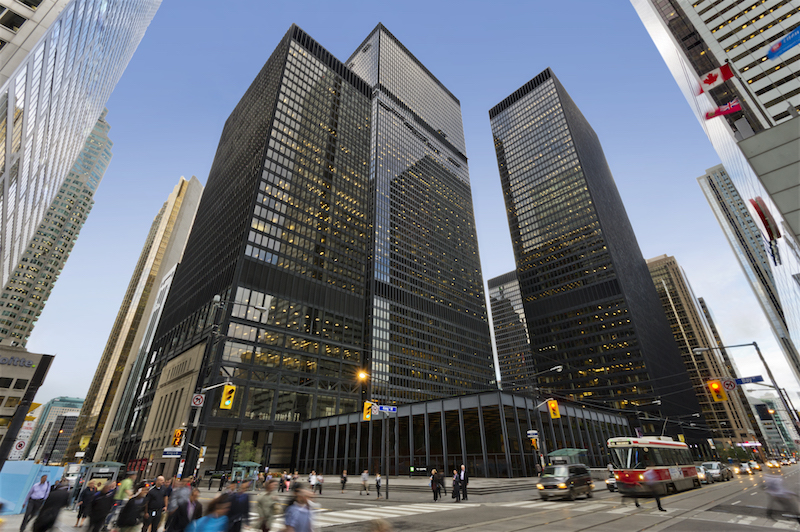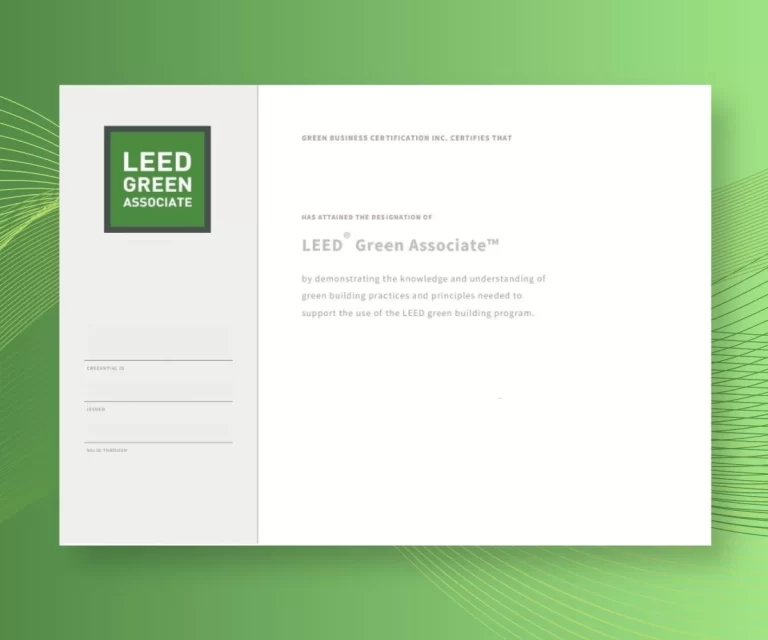In the pursuit to the LEED certification, existing buildings share an equal importance and need as new buildings. The rapid boom in construction, along with the lack of effort towards sustainability, in the past decade has added countless buildings that are nowhere sustainable both in design and in operation. Existing buildings make up the majority of the built environment around us and therefore play a vital role in reducing greenhouse gas emissions and achieving net zero.
And when it comes to sustainable design and certification, there is none better than LEED (Leadership in Energy and Environmental Design).
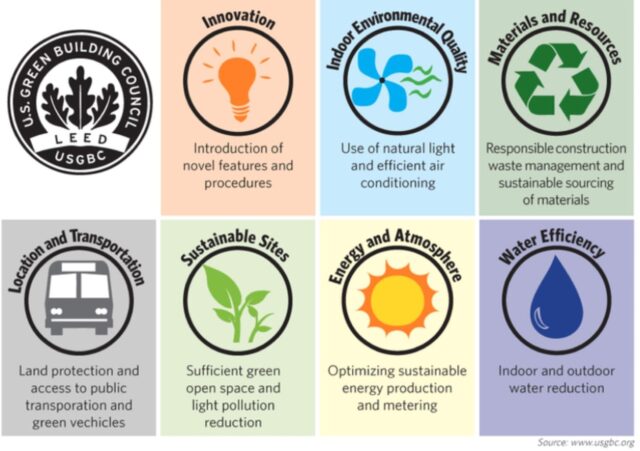
Achieving LEED Certification For Existing Buildings
You may have completed a construction project but for unknown reasons, you did not think to get it LEED certified during the design phase or even as the project was just completed. Don’t worry; LEED makes sure all buildings can focus on efficiency and sustainability at any life cycle stage and years.
Focusing on planet, people and profit, the current LEED v4.1 emphasizes on performance in energy, indoor quality, occupancy, transportation, waste and water. This data-driven system streamlines the certification process and raises the standards for sustainable building practice, allowing all stakeholders involved to benefit from it.
Regardless of LEED certification application, implementing passive design strategies proves to be helpful in attaining sustainable design. It will also be easier later on if you plan to apply for LEED certification.
Operating Buildings Sustainably
Ensuring the sustainable operation and maintenance of existing buildings is pivotal in today’s conscious approach to a greener world. It is a meticulous process involving a comprehensive strategy to optimize energy efficiency, water conservation, high indoor environmental quality and waste management. These, in turn, help improve human experience and building efficiency while reducing health risks and environmental impact.
Instilling sustainable practices in building operations and maintenance not only aligns with environmental goals but also promotes long-term efficiency in operation and cost.
Read more: 10 Best Energy-Efficient Building Materials for Sustainable Homes

How Does LEED Support Existing Buildings?
As a figure of authority in the sustainable built environment sector, LEED provides valuable support to all construction projects, including existing buildings, in their pursuit for sustainability in operation and maintenance. This support is reflected in the provision of the LEED certification for Existing Buildings – Operations & Maintenance. This framework is specifically tailored to recognize the efforts, support and identify the best sustainable practices that can be integrated with the current functions.
The Focus Of LEED Certification In Existing Buildings
By prioritizing sustainable design and performance, LEED-certified designs bring benefits to developers, occupants and the community. Furthermore, the integrative design with LEED enables a transition into high quality construction and high performance building. The performance-oriented and efficient strategies minimize energy, water and resources consumption, operating costs and greenhouse gas emissions.
The commitment to sustainable building does not end with just the spaces. The growing interest in LEED and other green building rating systems have also created a surge in green building materials and environmentally-friendly products. We can find out how sustainable and environmentally friendly a product is with the environmental product declarations.
How Can Existing Buildings Get LEED Certification?
As one would do with certifying new buildings, the first step is to determine the right rating system under LEED v4.1 or v4. Usually, existing buildings are certified under the Operation and Maintenance system. An existing building can be certified under BD+C (Building Design and Construction) only when it goes through a major renovation with at least 60% of the project’s gross floor area completed.
LEED Certification: Existing Buildings – Operations & Maintenance (LEED EB: O+M)
The LEED O+M for Existing Building assesses a building’s operation and maintenance including energy efficiency, water conservation, indoor air and environmental quality, waste management and more in a holistic manner. By adhering to the LEED framework, existing buildings (and their owners and developers) can successfully implement sustainable strategies for healthier and more efficient spaces with optimized resource usage and improved environmental performance. LEED certification is not a single-step action. Instead, it provides a continuous improvement that fosters a system of responsible building operation and management while leading towards a more sustainable built environment.
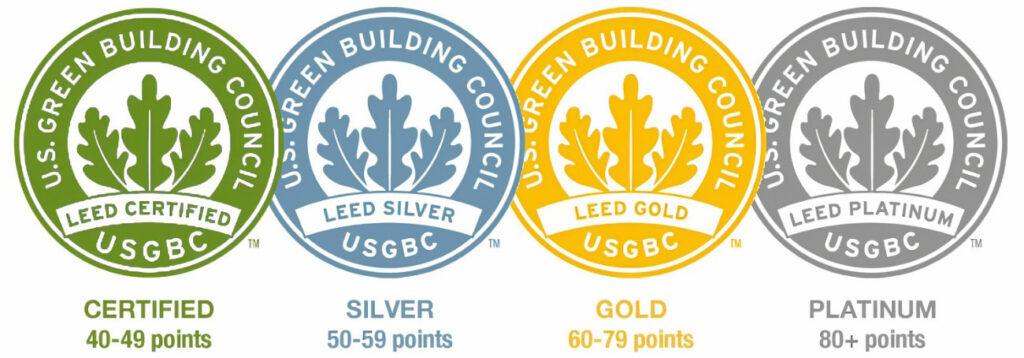
Getting Started With LEED Certification Existing Buildings O+M
Prerequisite For LEED O+M
To be eligible for O+M LEED certification, existing buildings must meet three Minimum Program Requirements. One important prerequisite is that the building must be occupied and fully operational for at least one year. It may undergo light renovation, however, there should be no major construction.
This rating system covers both whole buildings and interior spaces within an existing building such as retail spaces.
Fulfill The Minimum Program Requirements And Credits
Minimum Program Requirements (MPRs) ensure consistency and integrity in the certification process regardless of the rating system. These inform the architect or developer if their project is suited and worthy of pursuing LEED certification. As the name suggests, these requirements are only the minimum.
LEED certification level is determined by the LEED credits fulfilled. While all projects must follow the MPRs, credits can be chosen based on the project and the rating system. The total point earned is calculated based on the fulfilled credits. The higher the points, the higher the certification. Therefore, it is best to aim for as many credits as possible for a higher certification level.
What Information Is Required For The Certification?
- Basic information of the project
- Performance data for energy, indoor air quality, water and waste (following the prerequisites for Water Performance, Energy & Atmosphere, Materials & Resources and Indoor Environmental Quality)
- Survey results from project occupants for two performance prerequisites
- Any requested information for each credit pursued
Below is the list of prerequisites and credits for LEED O+M for existing buildings, as published by USGBC.

Bear in mind that LEED O+M varies between whole buildings and an interior space. Under Operation & Maintenance in LEED certification, existing buildings can be certified by each individual space. The scorecard for LEED O+M: Interiors slightly differs from the whole building scorecard due to its emphasis on interior spaces only.

Maintaining The LEED Certification For Existing Buildings
Maintaining the LEED certification involves some important post-certification tasks to ensure a continuous validity. Certain steps must be followed to maintain and keep the certification up-to-date. A certification must be renewed every three years by submitting the project data, including ongoing achievements, for review.
Additionally, there is an opportunity for an upgrade in certification level during the recertification process. The recertification system celebrates building projects for their commitment to green building practices and sustainability.
The process above is similar to the LEED certification BD+C (not to be confused with LEED AP BD+C which is a professional accreditation).
Conclusion:
LEED certification for existing buildings needs a holistic approach to ensure a truly sustainable and efficient operation and maintenance. This requires a collective effort involving various stakeholders, including architects and developers who have more responsibilities than others in the process. Fortunately, these professionals can undergo training to gain knowledge on sustainable design and construction, and if desired, to become LEED accredited professionals.
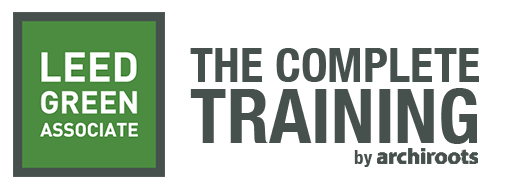
The LEED Green Associate is the ideal choice for professionals new to the process of sustainable design and certification but wishes to work on LEED projects. With the knowledge and skills of green building strategies and LEED principles, AEC professionals can contribute significantly to green building projects.
To embark on this transformative journey towards LEED accreditation and certification, explore Archiroots’ LEED Green Associate course. Discover more about the accreditation and take the next step for your professional growth now.
